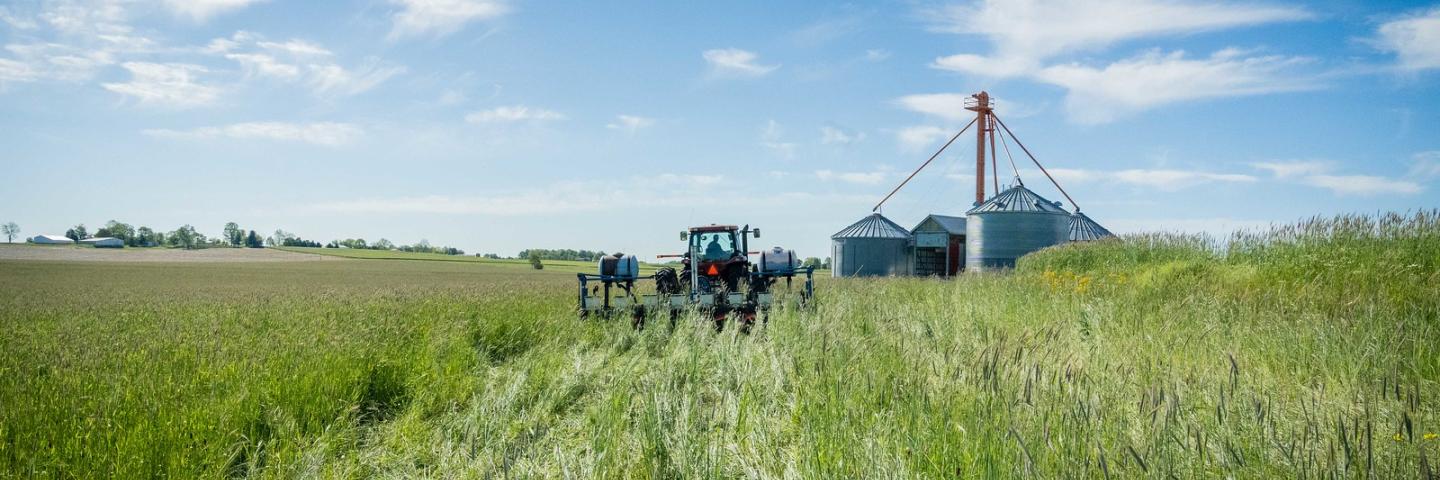Producers in Southwest Nebraska Eligible for Cover Crop Initiative Funding

Farmers in southwest Nebraska have until Nov. 18 to apply for funds.
LINCOLN, Neb., Oct. 27, 2022 – Ag producers in southwest Nebraska are eligible to receive over $85 per acre for planting cover crops and following grazing guidelines through the Cover Crop Initiative. The application deadline is Nov. 18, 2022. Applications can be made at a USDA Natural Resources Conservation Service (NRCS) field office.
The Cover Crop Initiative provides financial and technical assistance to ag producers in Frontier, Furnas, Harlan, Hayes, Hitchcock, and Red Willow counties who adopt multispecies cover-crop mixtures for improving soil health and wildlife habitat. Funding is available for cover crop seed and planting.
The Cover Crop Initiative is a partnership between NRCS, Nebraska Game and Parks, Pheasants Forever, Quail Forever, and the Nebraska Environmental Trust.
“Cover crops can be established on whole fields, partial fields, or as field borders,” said Eric Zach, ag program manager for the Nebraska Game and Parks Commission. “Cover crops planted as a field border can help with weed suppression and provide high quality forage when gleaning stocks.”
Multispecies cover crops can be planted in the spring for a full growing season or after wheat or other summer-harvested crops, and grazing is allowed.
“Cover crops provide a supplemental forage source, suppress weeds, reduce erosion, improve moisture infiltration, boost soil organic matter, and provide habitat for wildlife,” Zach said.
Interested producers can find more information at their local NRCS office to inquire and/or apply.
#
USDA is an equal opportunity provider, employer, and lender.

